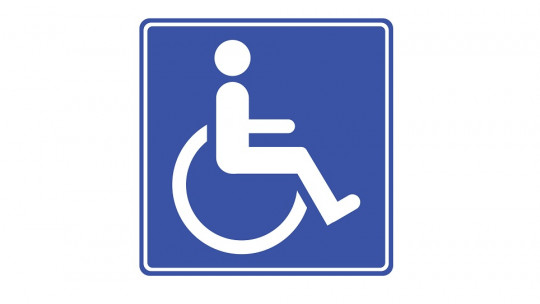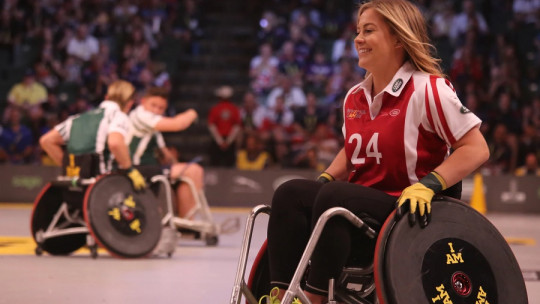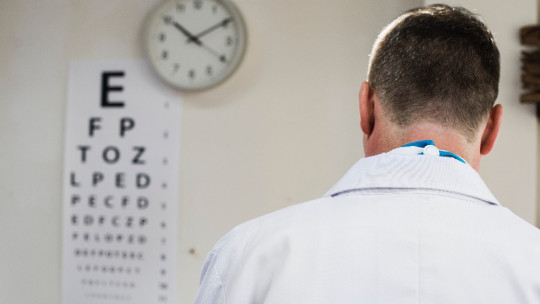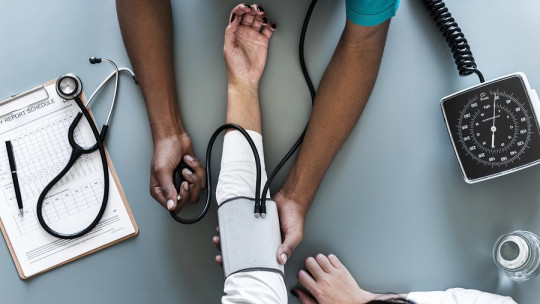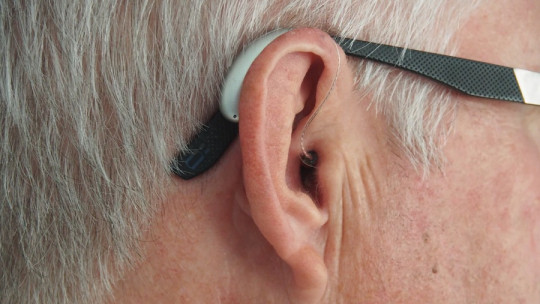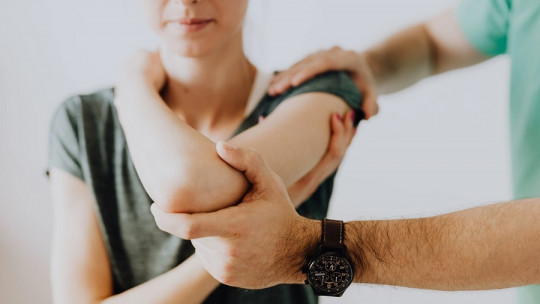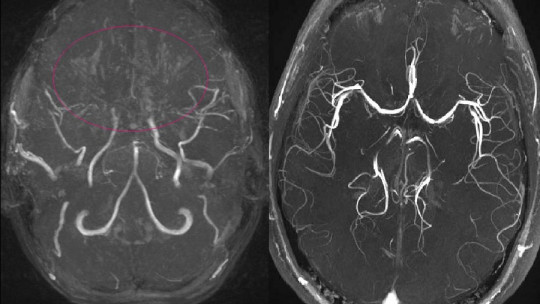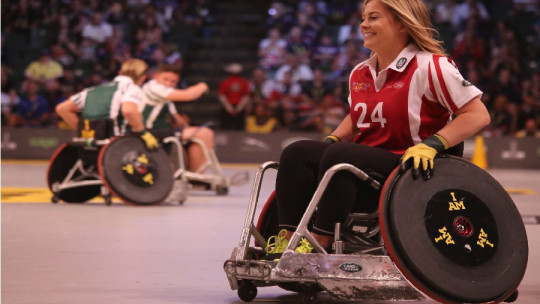
Look around. The entrance to your house or a public building, the streets, public transport such as buses and subways… All of this has been designed for the majority of the population who are able to travel perceive and interact with the environment in a normative way.
However, there is a part of the citizenry that for various reasons does not have the same capabilities, and their options are reduced. This part corresponds to those who suffer from some type of physical, mental or sensory disability. Disability is a barrier for many people, who see their lives limited.
In the case of physical disability, these barriers are sometimes literal, with freedom of movement being highly restricted. That is why Exploring the different types of physical disabilities can be a way to understand the needs of people who have them and to make it easier to adapt to the environment.
Impairment and disability: distinguishing between concepts
There is a wide diversity in the capabilities and abilities of the different individuals that make up society. We can be taller or shorter, have light or brown eyes or skin of a different color. There are also people with more artistic sensitivity than others, or with greater mathematical abilities.
There are people who see very well at long distances while others have a much more developed sense of hearing than the rest. These differences between us do not prevent us from enjoying a more or less similar life, having or should have the same opportunities to develop and seek our own and others’ happiness while we grow and participate in the world.
However, for some people this is much more complicated due to the existence of a deficiency. Some of them have a physical or mental configuration that is different from usual a part of them being affected or not functioning to the same degree as that which is usual in the individual himself or in relation to the rest.
These deficiencies can cause the subject who suffers from them to suffer a disability, if the characteristics of their condition limit or prevent the person from carrying out one or more of a daily activity in a normative manner. This does not mean that you cannot do the same things, but it does mean that you will need support or access routes that take your difficulties into account.
So, While the deficiency is that organ or aspect that does not function correctly, the disability is that which cannot be done or is more difficult to do due to this poor functioning In the case at hand, the physical disability, the affected functionality is movement.
Physical disability concept
We understand physical disability to be that situation or state in which a circumstance occurs that greatly prevents or hinders the person who suffers from it from being able to move freely and in a way in which they have full functionality. This type of disability affects the musculoskeletal system, being especially visible in the case of the extremities, although it can affect such that the skeletal muscles cannot be moved voluntarily.
The limitations present in people with physical disabilities make it really difficult for them to lead a normal life unless they enjoy certain external help. These limitations may be permanent or temporary, depending on how the deficiency is treated that causes them or sufficient aid is granted so that there is no reduction in functionality.
Most frequent causes
There are a wide variety of reasons why a person may have a physical disability. However, as a general rule we can consider that the deficiencies that cause disability are usually due to a problem or damage either in the muscles or in the nervous system (either at the level of the nerves that innervate the areas in question, in the spinal cord spinal cord or somewhere in the motor cortex).
Some of the causes of these injuries can be found in the suffering of diseases such as multiple sclerosis, tumors, infections or inflammations of muscle or nervous tissues or trauma of different types. Some congenital malformations, such as spina bifida, also cause cases of physical disability.
Classification of physical disability
As we have said, the reasons why a person may present a physical disability are multiple and varied. When classifying the different types of physical disability, either these causes or the areas that have prevented or limited movement or their causes are usually taken into account.
So that, We can find that generally the types of physical disabilities will be the following
Types according to their cause
Types according to the affected area
Some of the main types of physical disabilities
Getting into the matter, The different types of disability or physical handicap are the following
1. Monoplegia
Paralysis of a single limb generally caused by damage to the nerve that innervates the area in question.
2. Paraplegia
This condition due to a spinal cord injury in the dorsal area involves paralysis or inability to move in the lower half of the body. It mainly affects the legs and feet The subject loses the ability to walk. It may or may not affect sexual responsiveness.
3. Tetraplegia
Alteration due to a cervical spinal cord injury whose repercussion is observed in the total loss of the ability to move the lower limbs and total or partial loss of the ability to move the upper limbs
Depending on the position of the injury, the difficulties will be greater or lesser, generally implying greater impairment and disability associated with damage to the vertebrae closest to the skull. In fact, it can lead to the need to use artificial ventilators in order to keep the patient breathing.
4. Hemiplegia
It is an alteration or injury to the nervous system that produces paralysis of the opposite or contralateral part to the damaged one It is usually due to stroke or head trauma.
4. Spina bifida
It is a type of congenital malformation in which the neuronal tube and spinal column do not close completely during the formation of the fetus, causing damage to the nerves and spinal cord that can prevent or hinder the person’s movement
5. Muscular dystrophy
The group of disorders included within muscular dystrophy They cause the presence of weak muscle tone that loses tissue over time, making movement difficult and causing disability. This is one of the most common types of physical disabilities.
6. Cerebral palsy
Cerebral palsy is a chronic medical condition due to problems during brain development of the fetus or child, which produces serious effects on motor skills These effects can range from difficulty and slowness of movement, rigidity, agitation, seizures or even complete paralysis of the voluntary muscles.
7. Amputation
Loss of limbs or body parts can cause physical disability by limiting a person’s normal functioning

